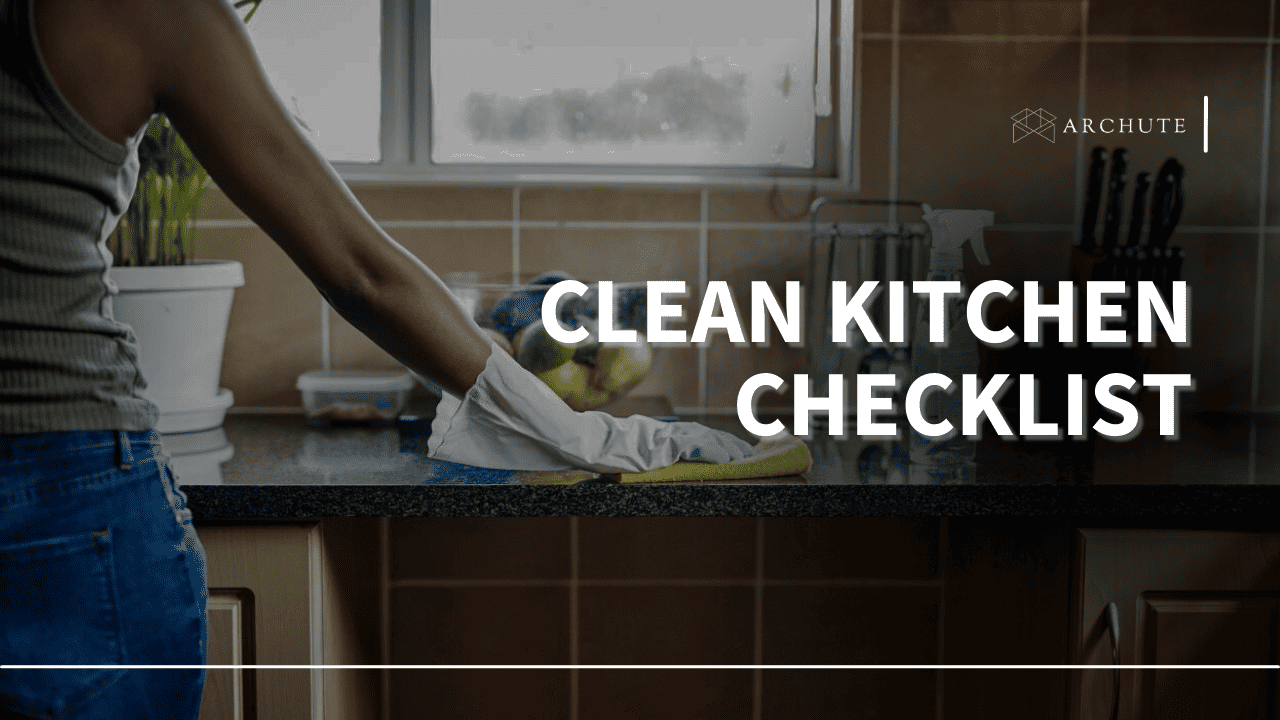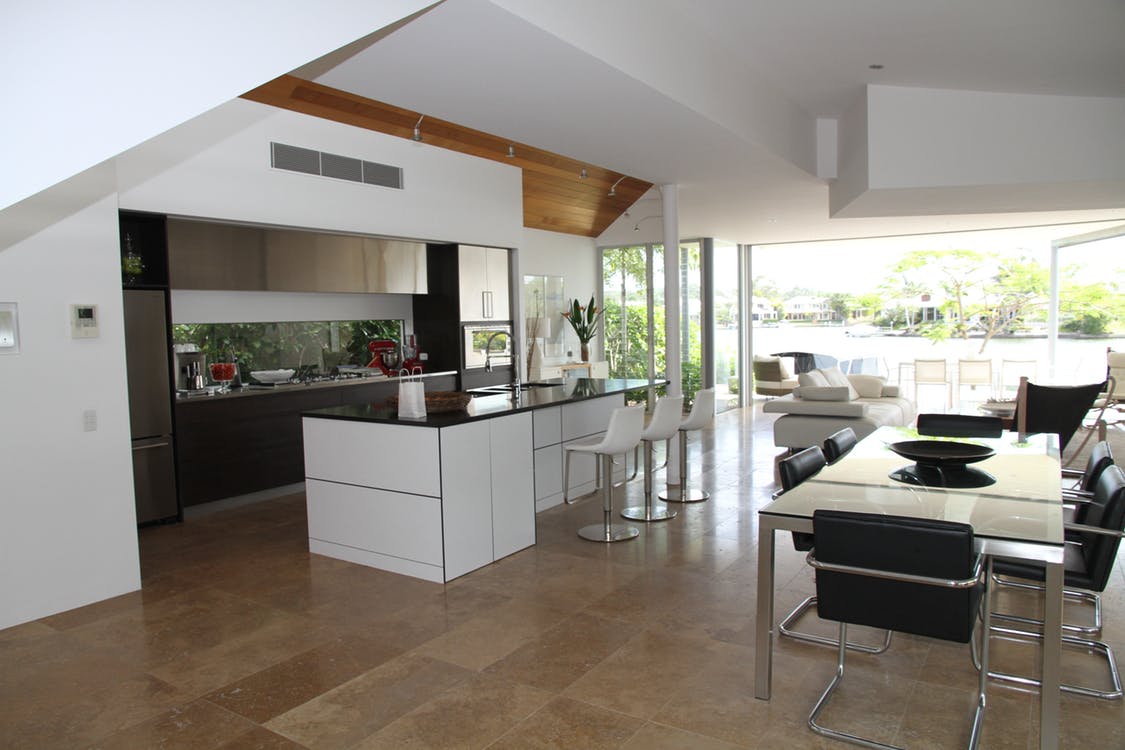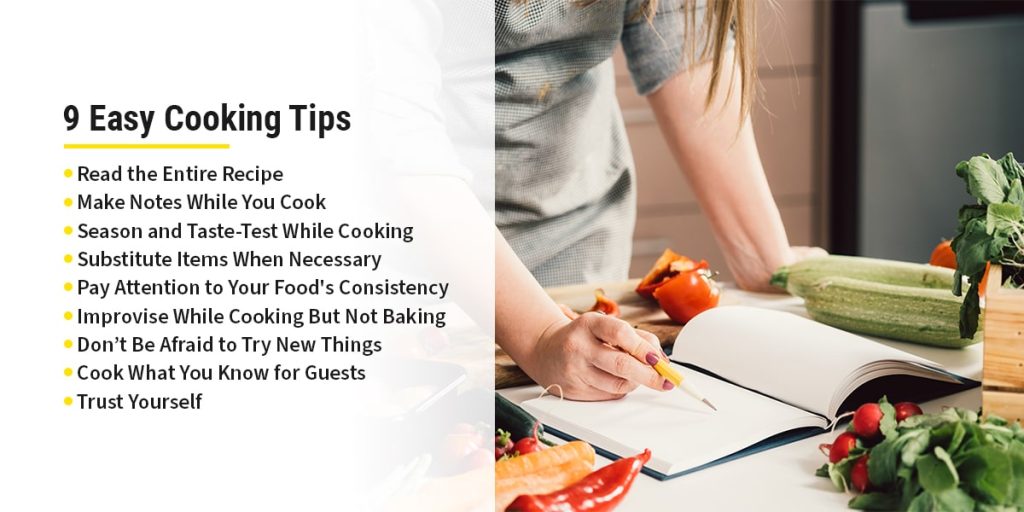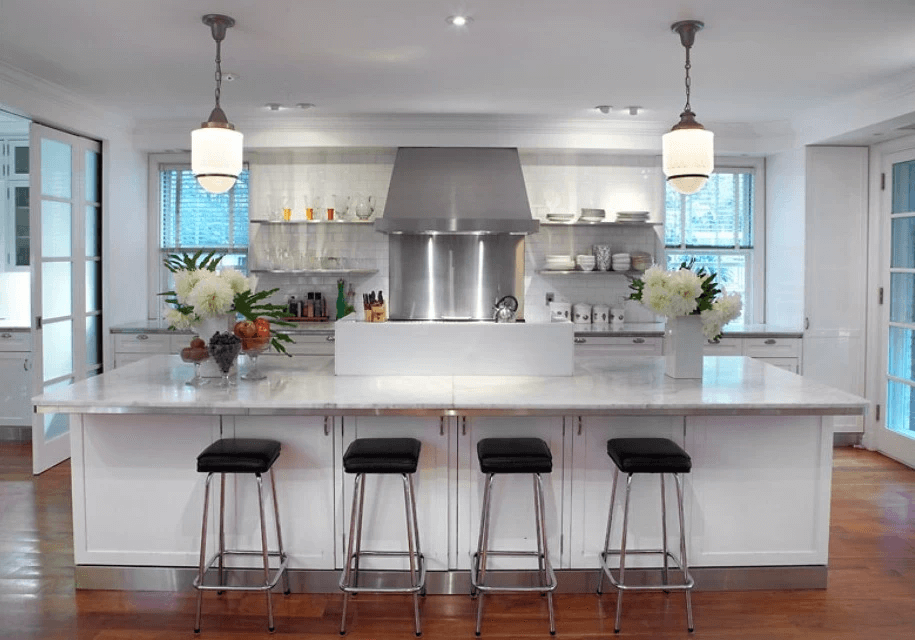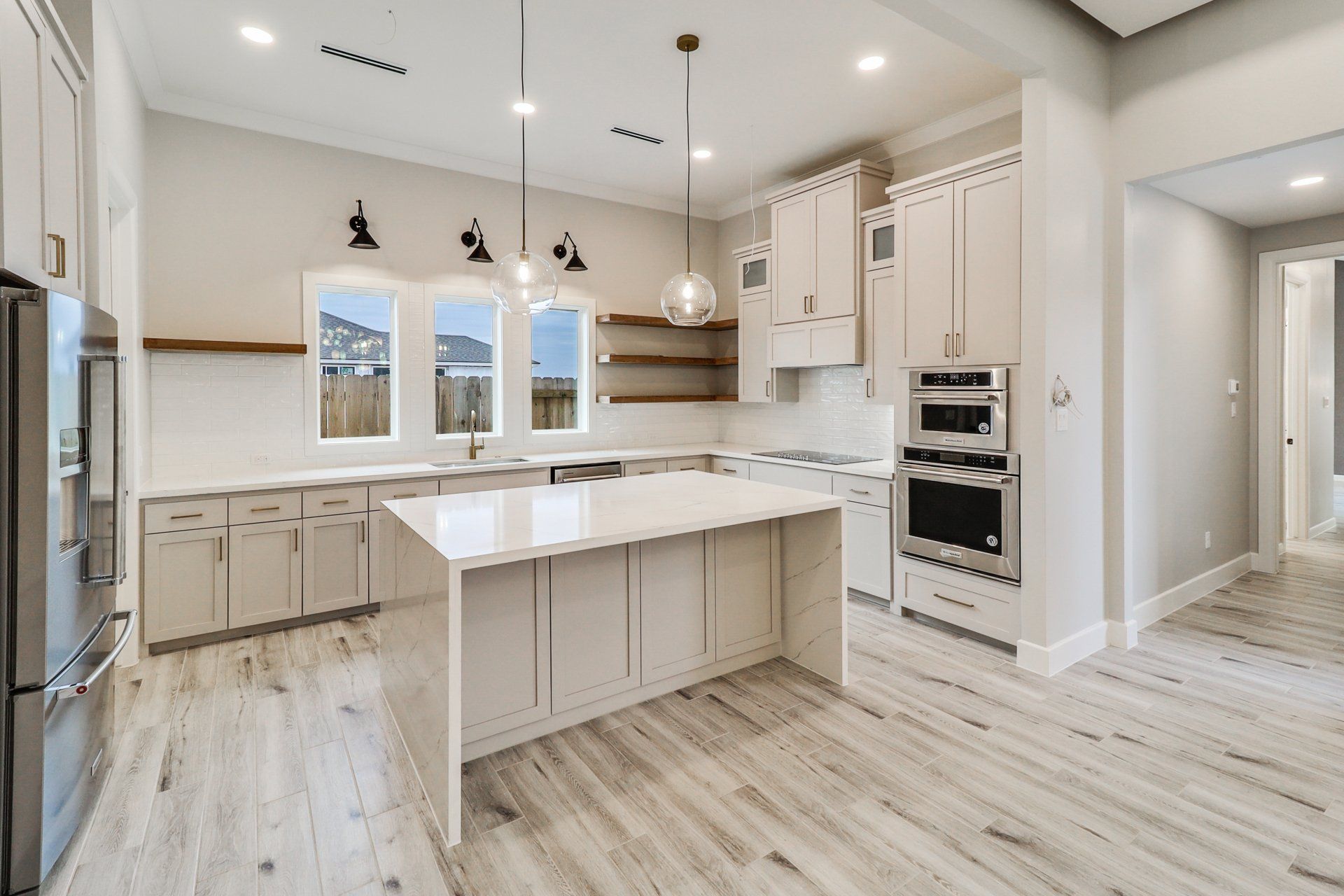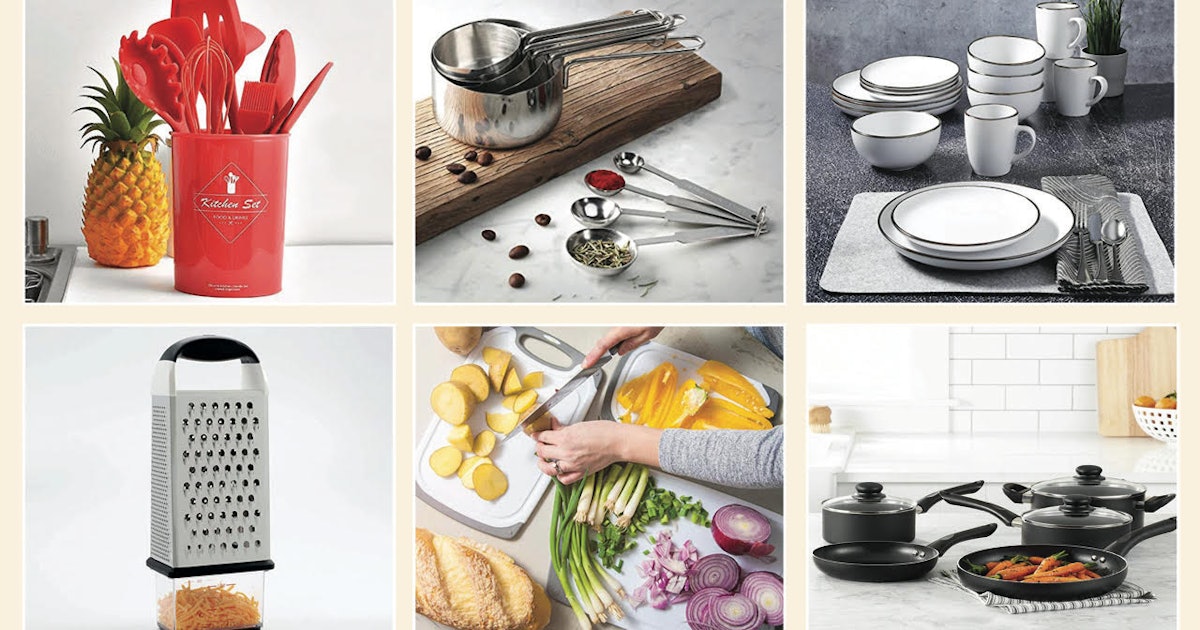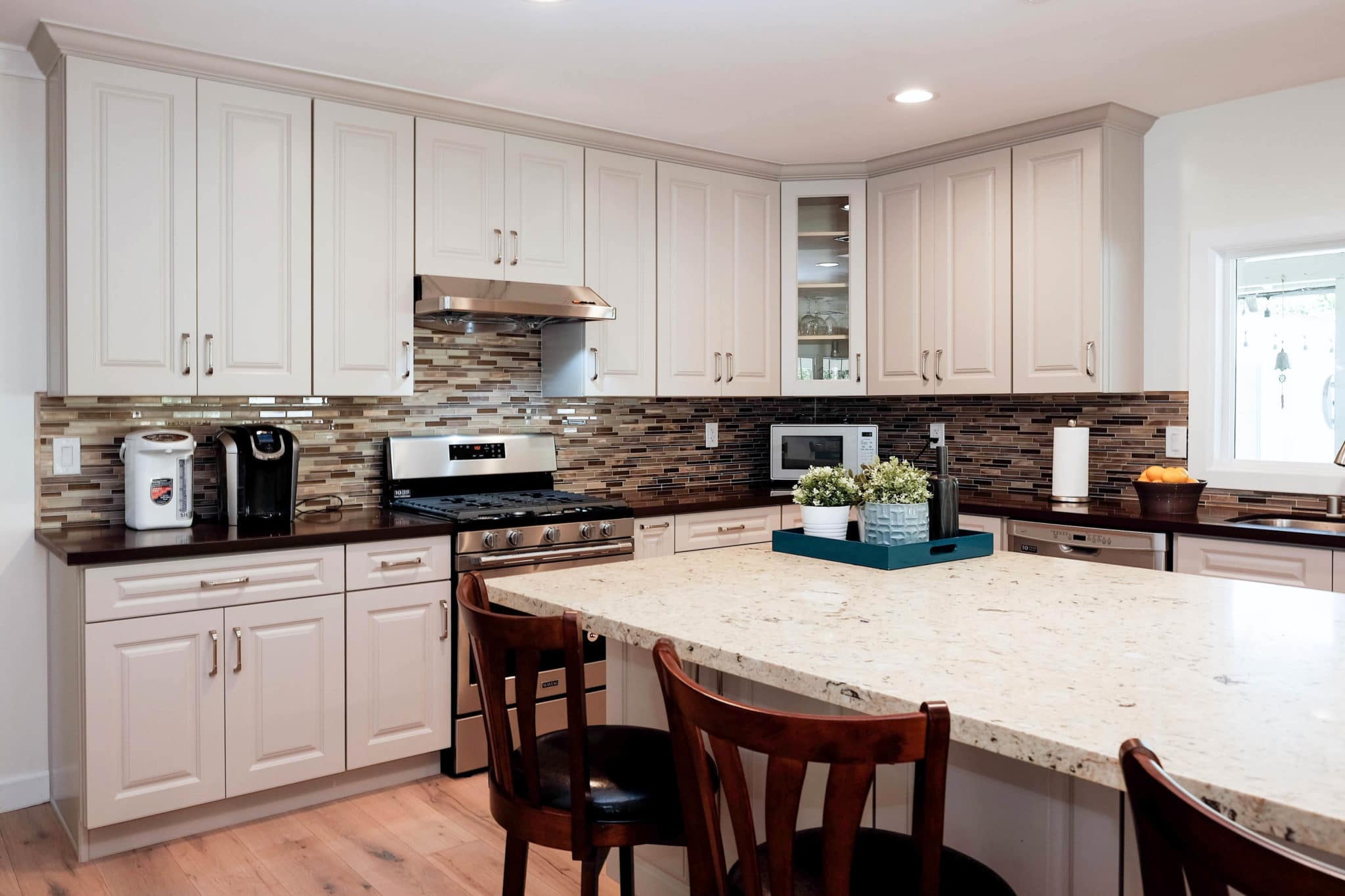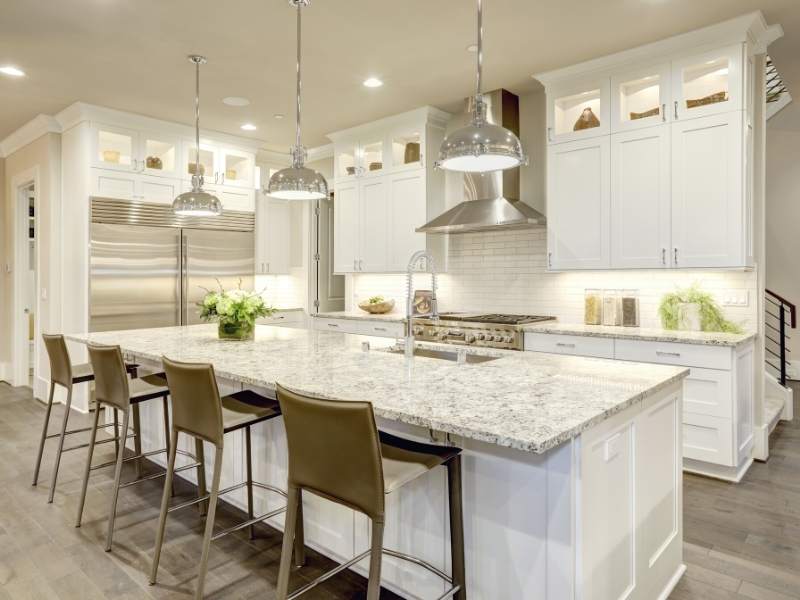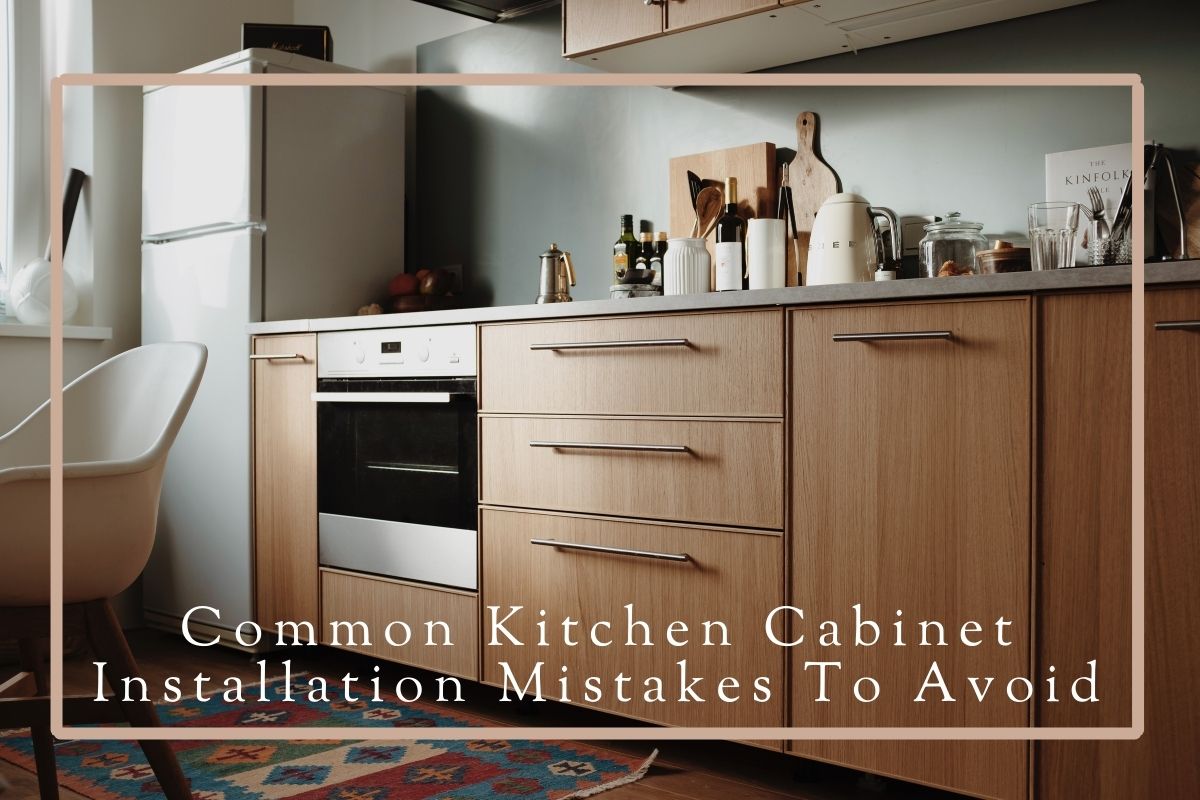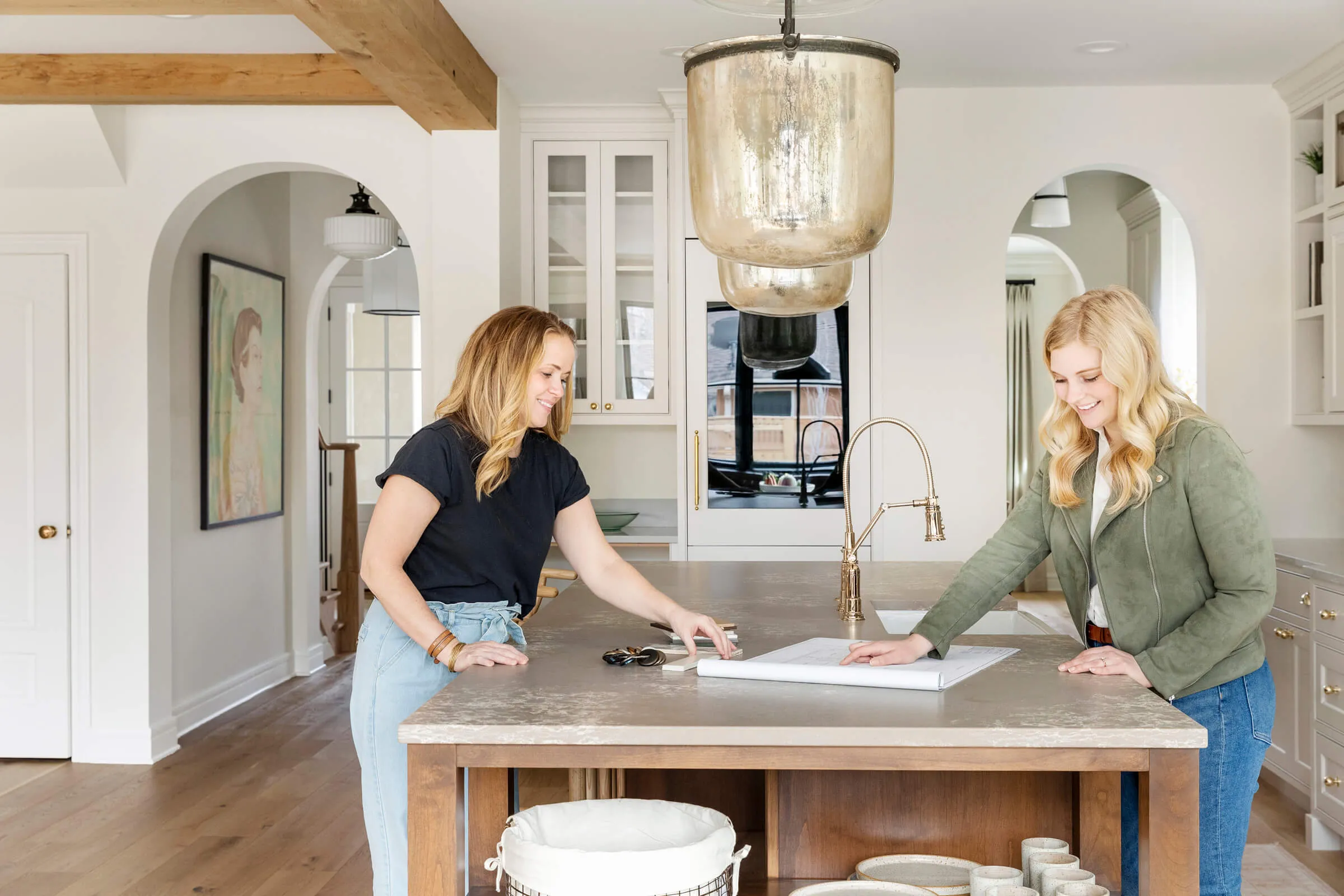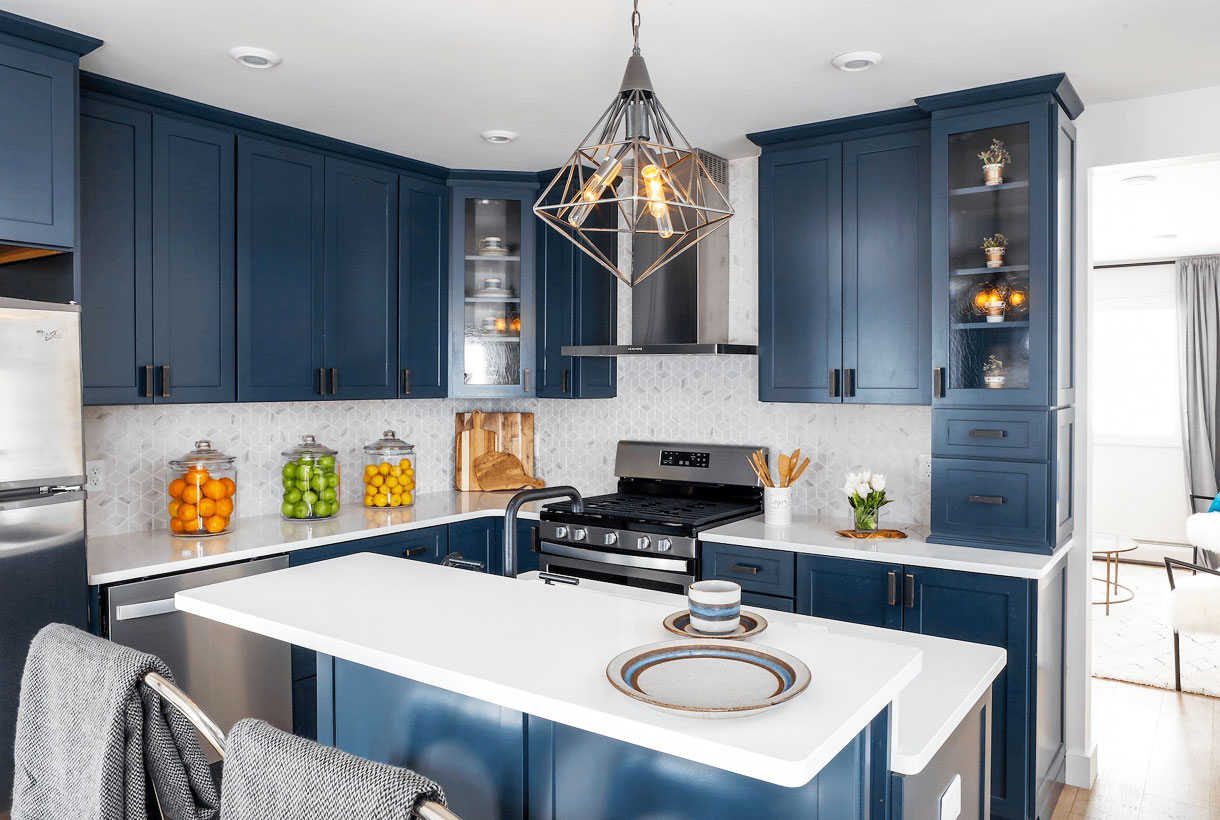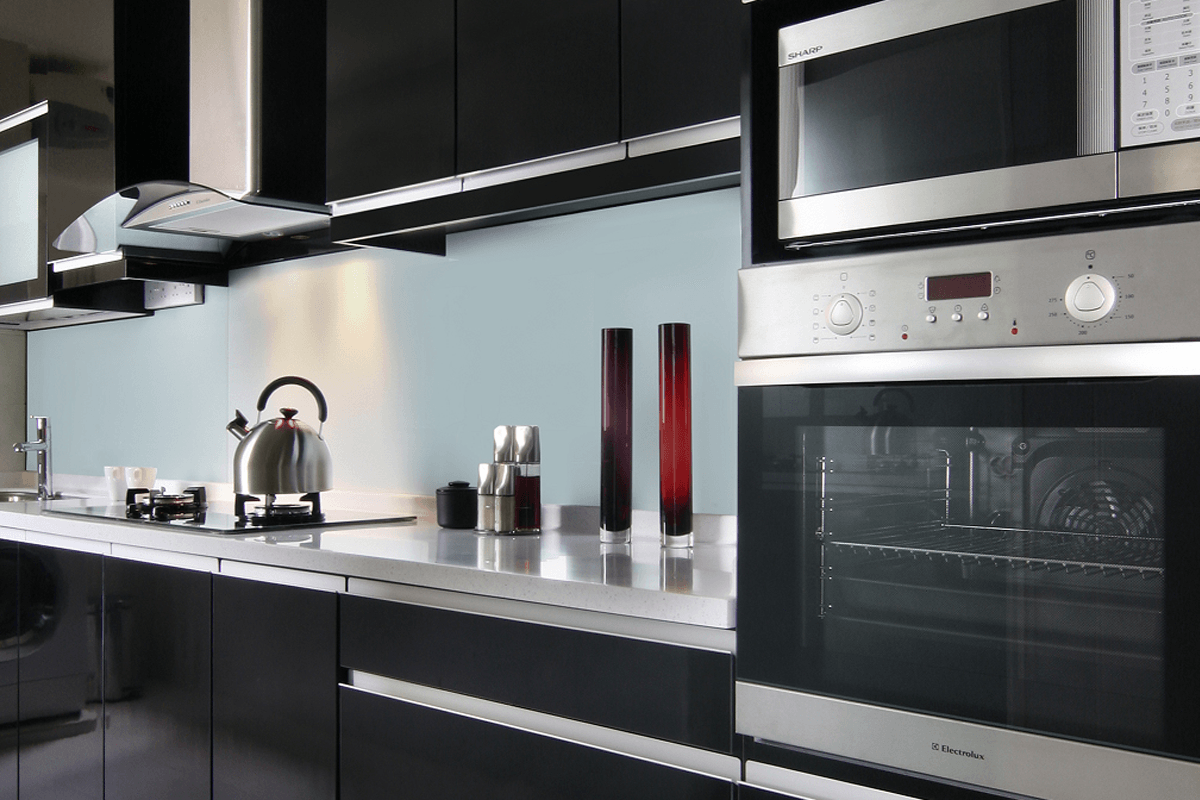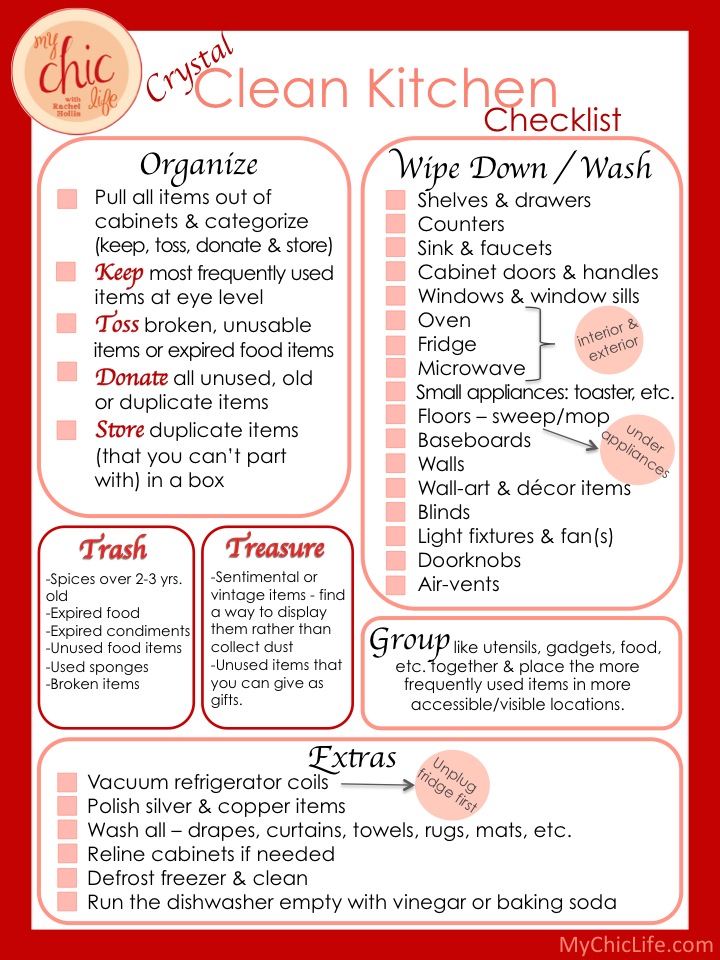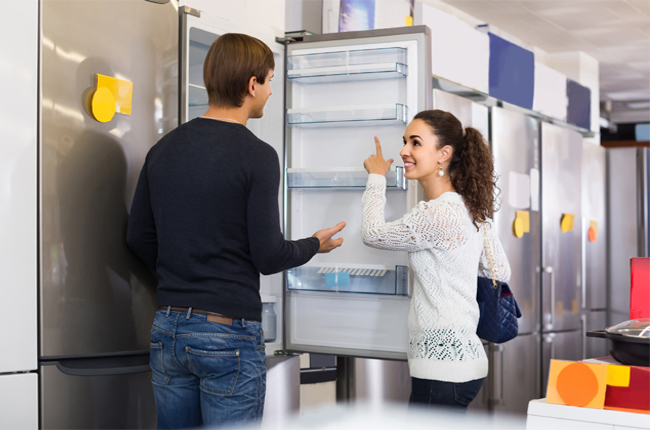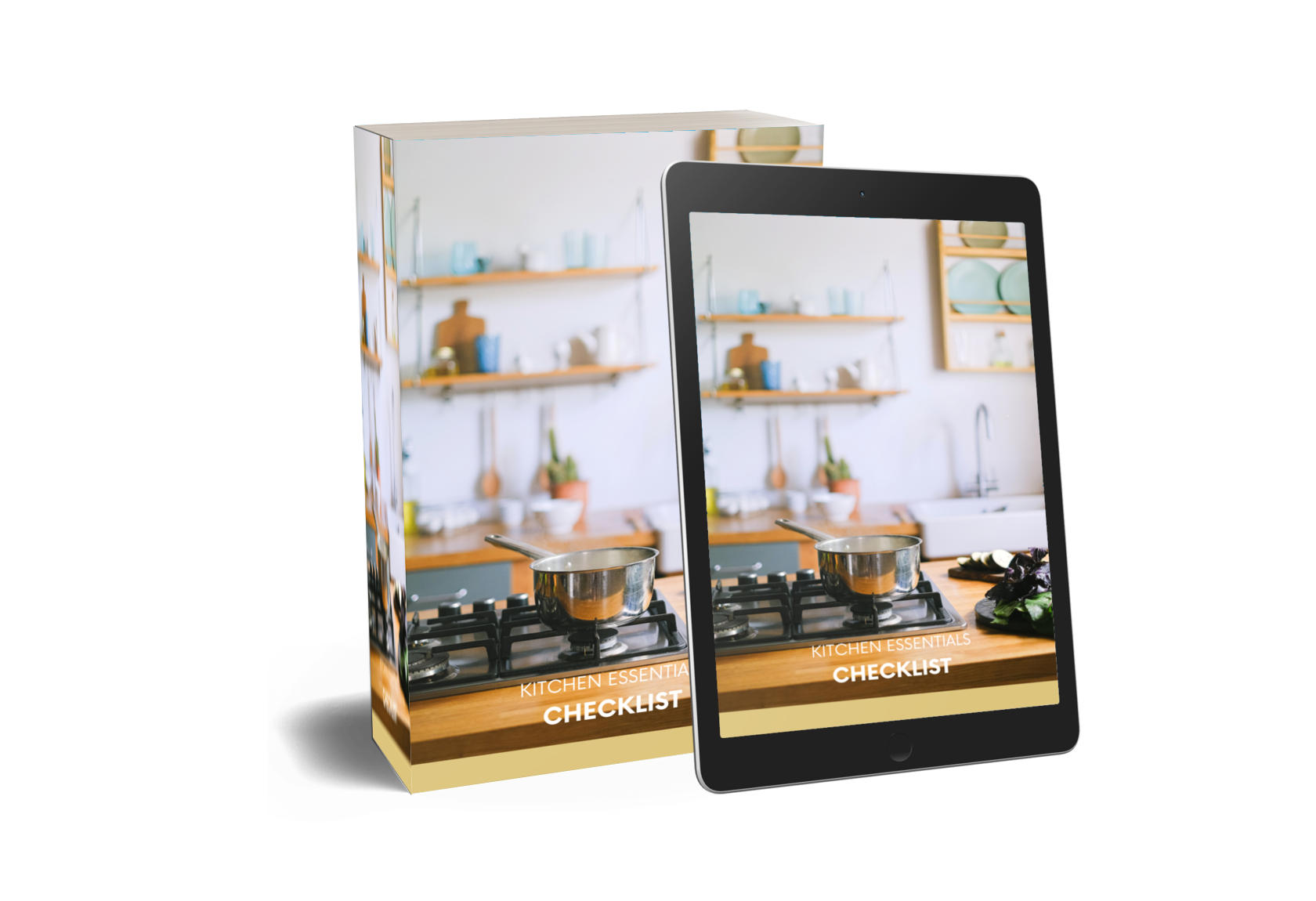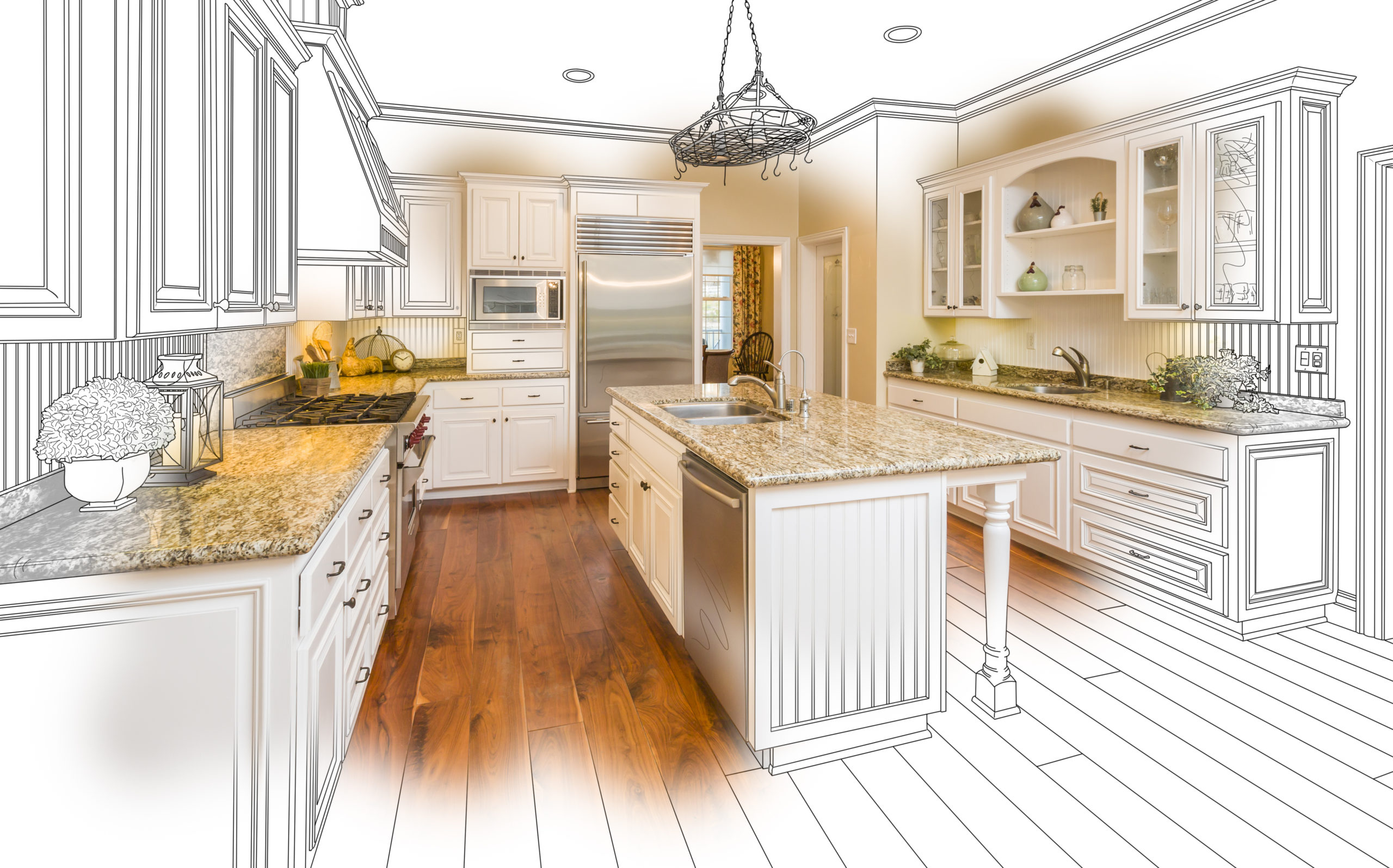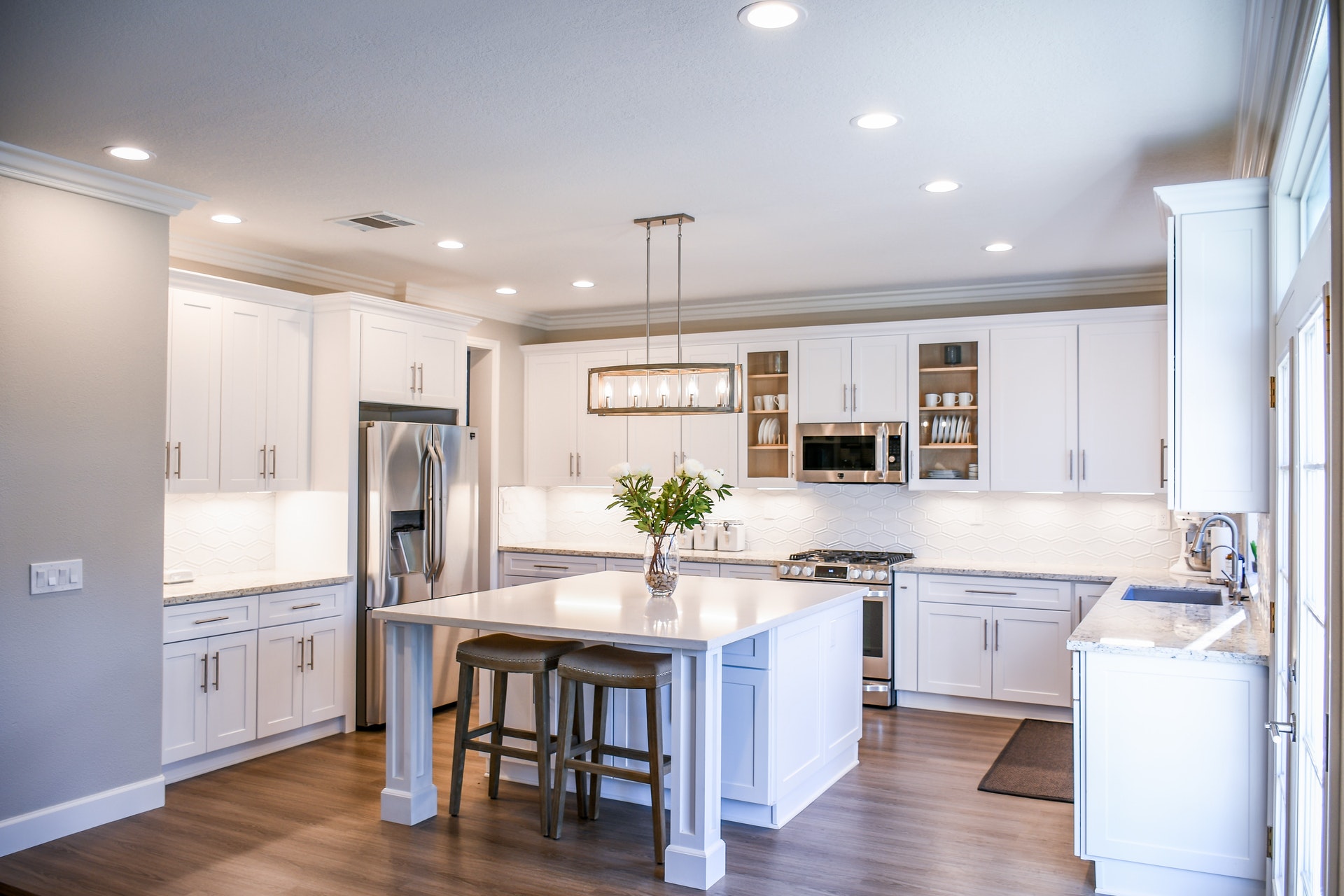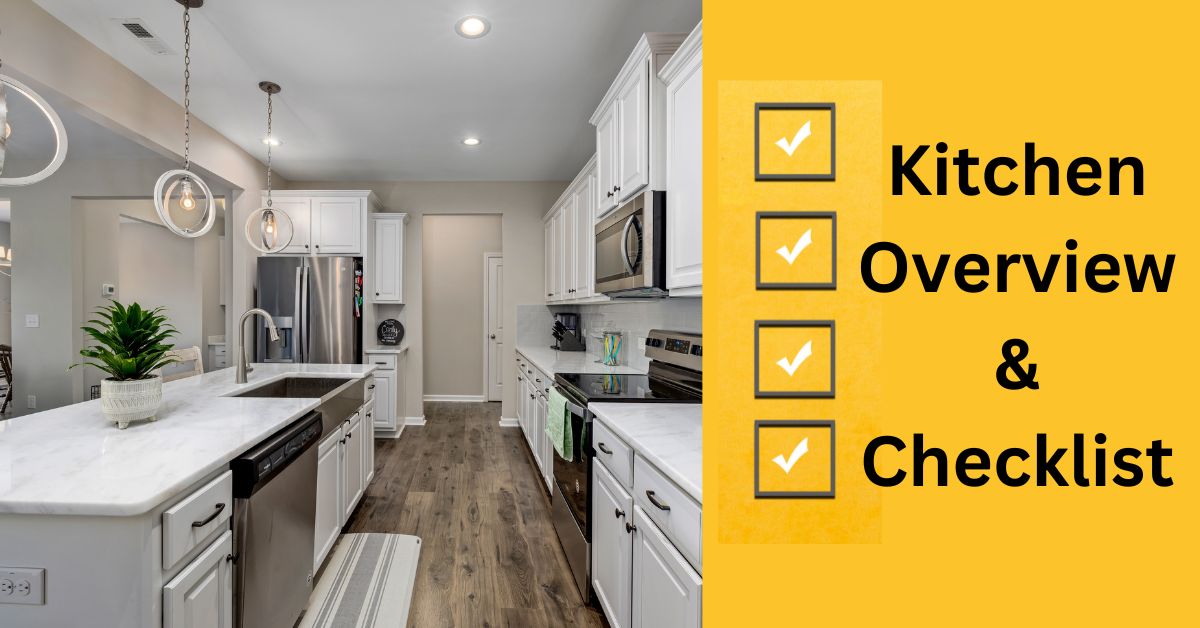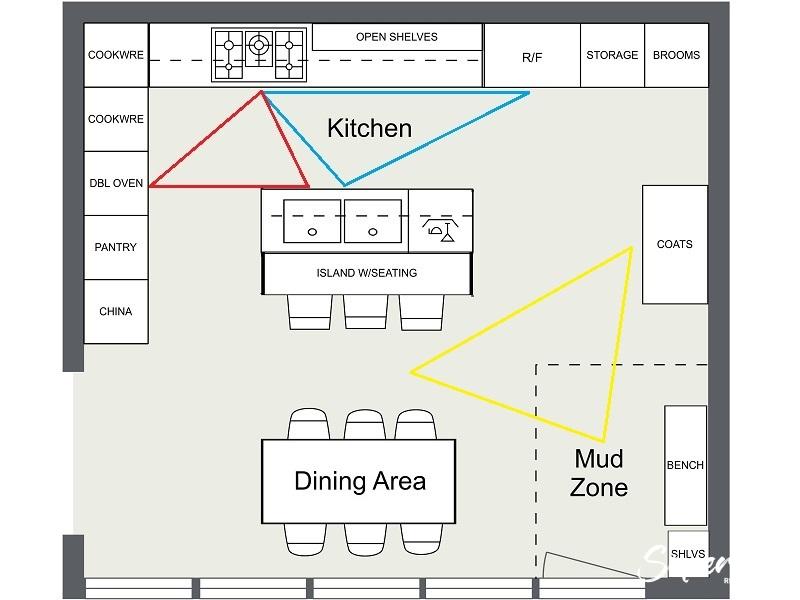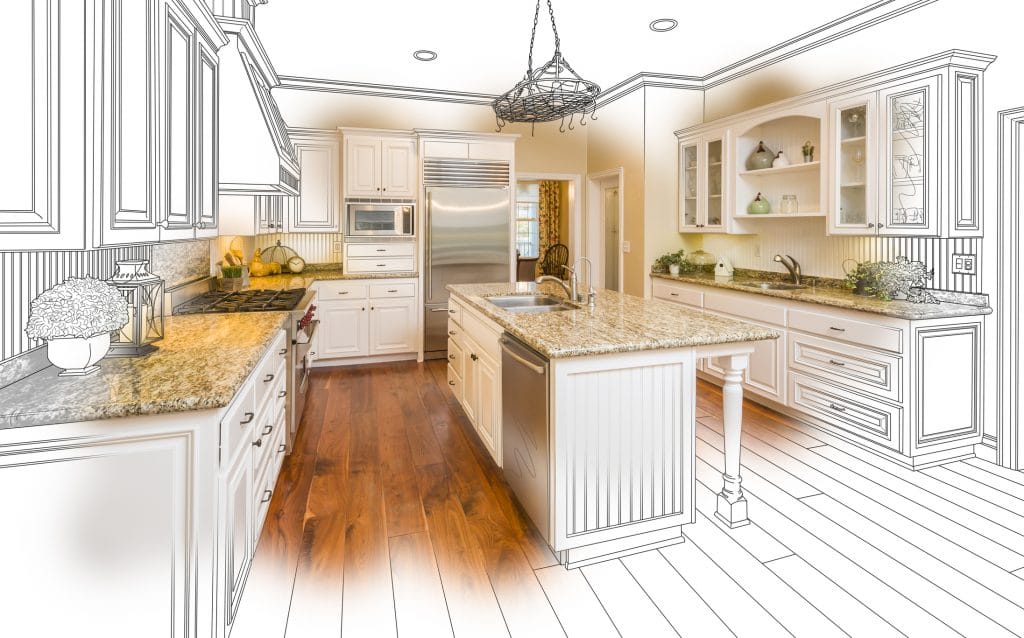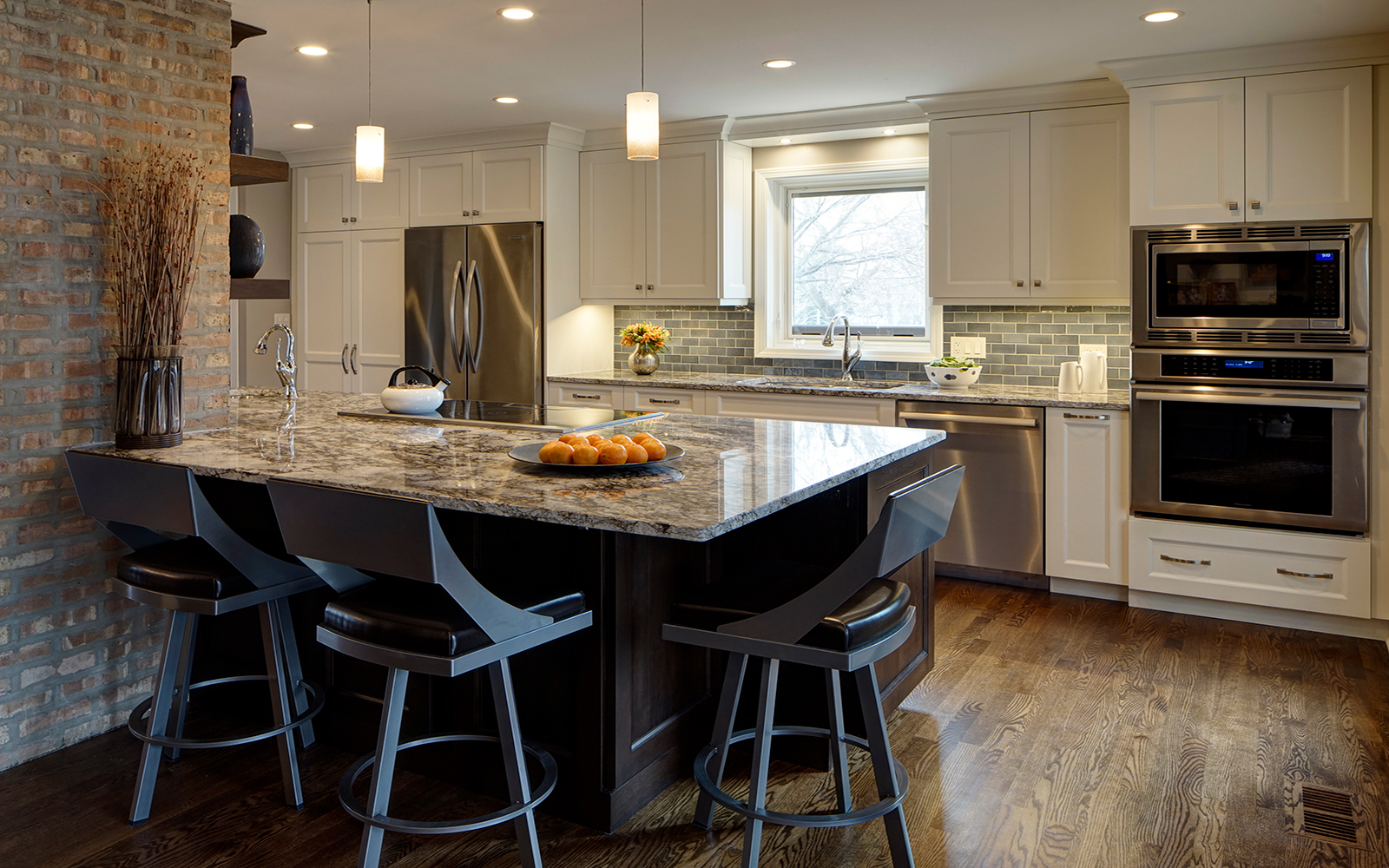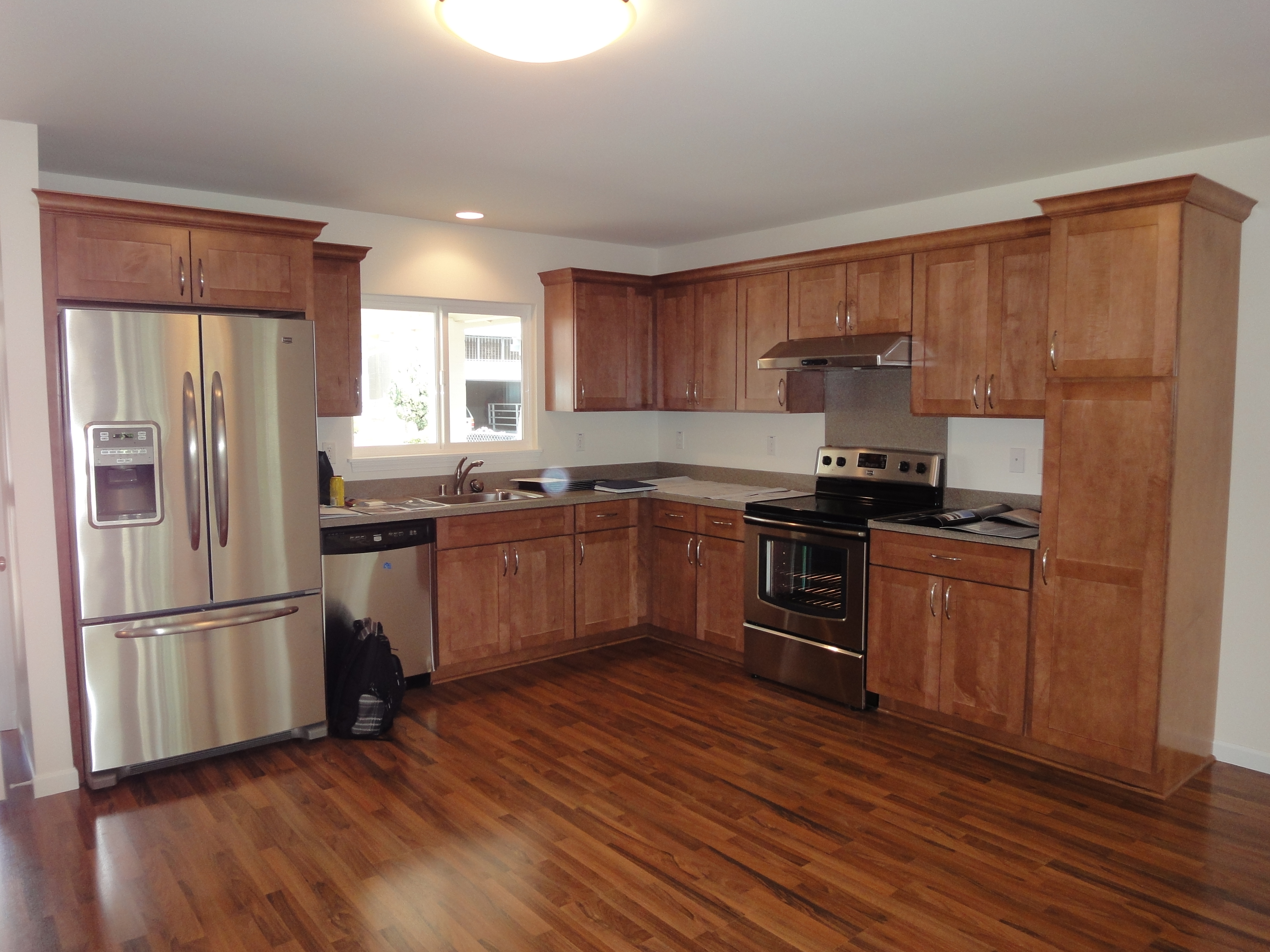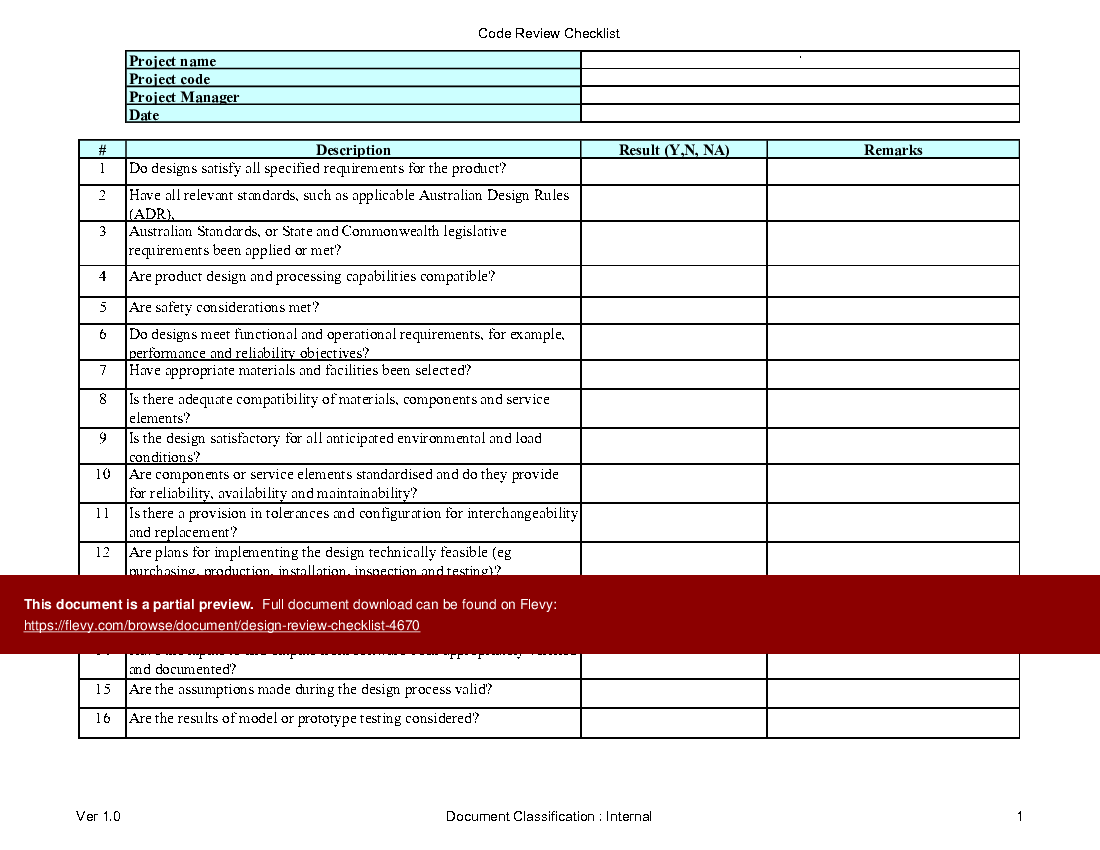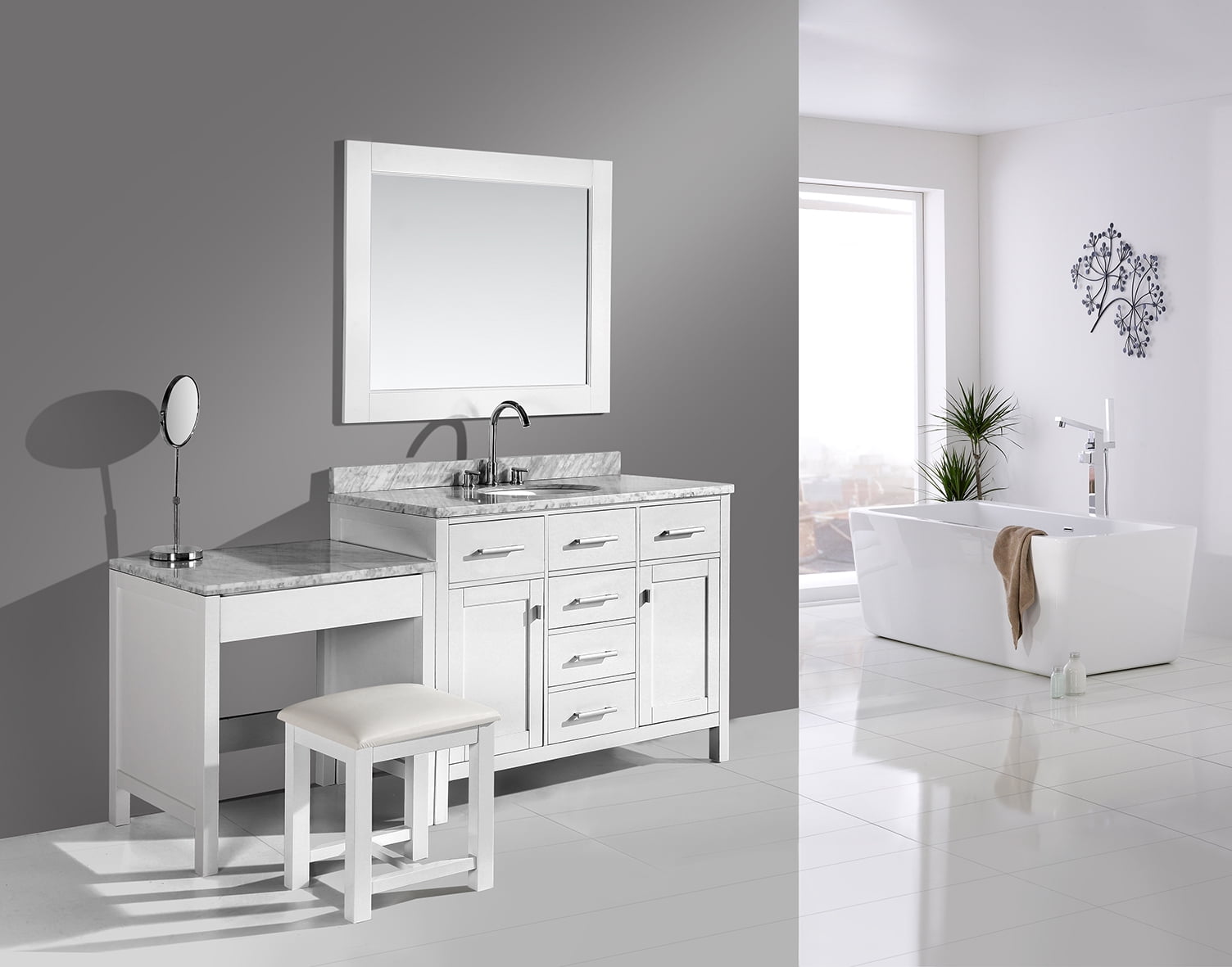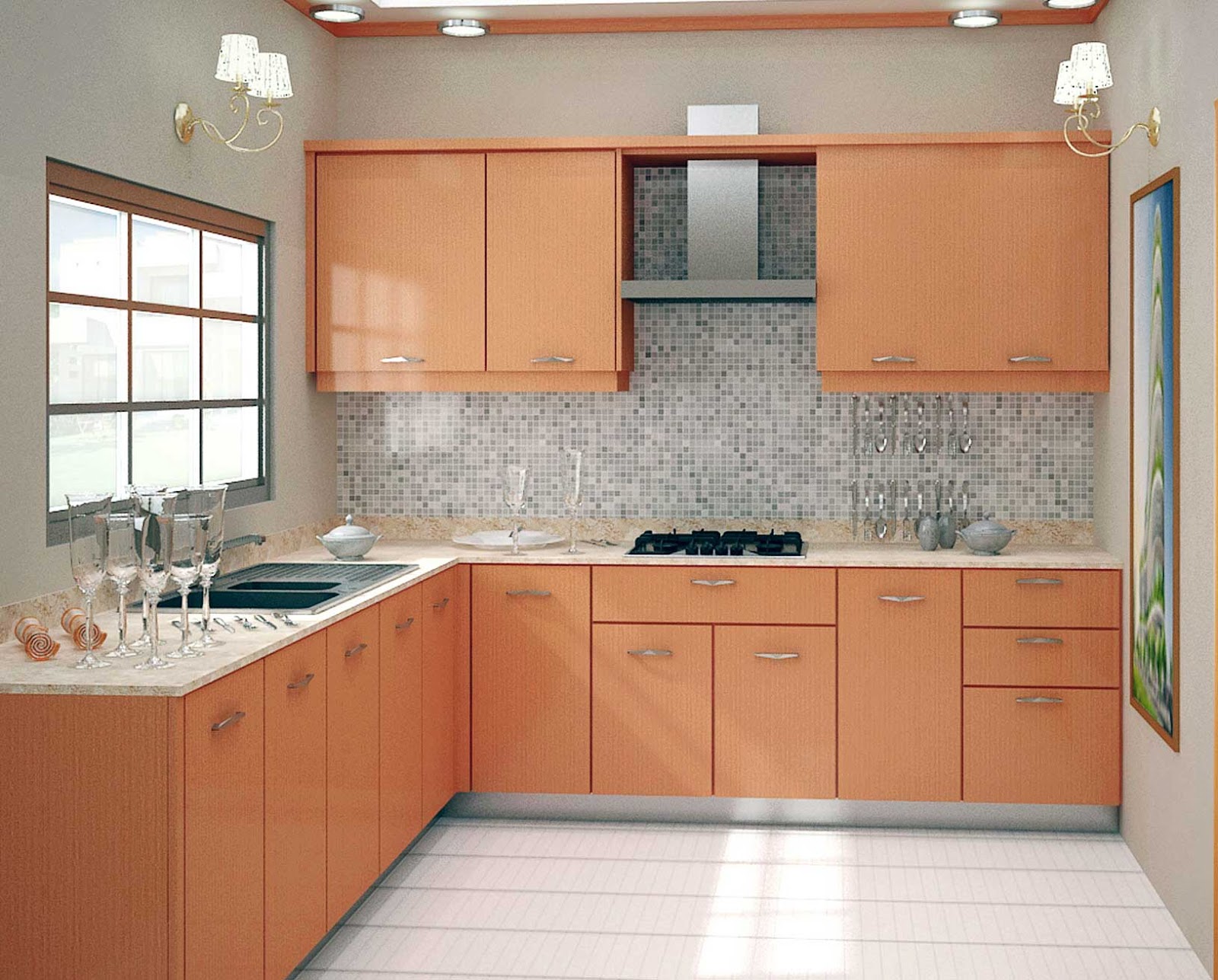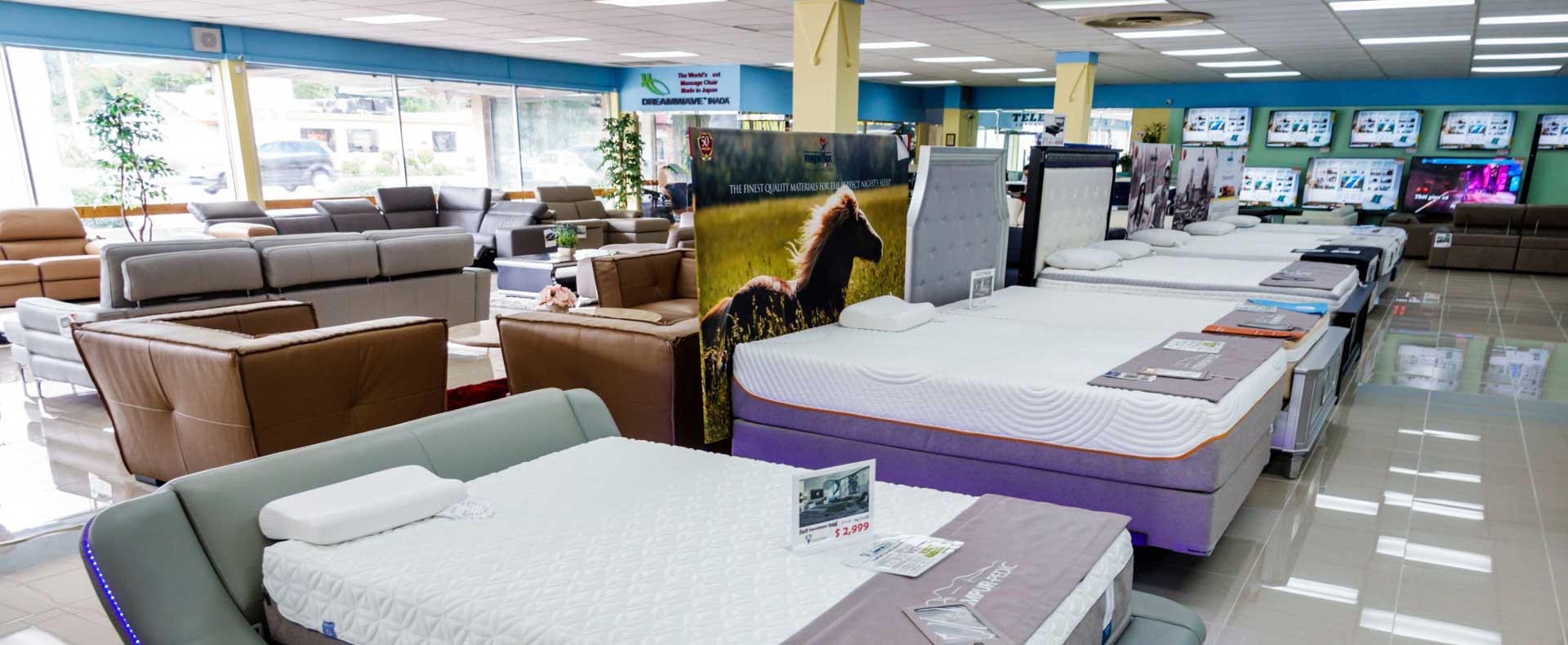Designing a kitchen can be a daunting task, especially if you're not sure where to start. With so many elements to consider, it's easy to feel overwhelmed and make costly mistakes. That's why having a checklist can be a lifesaver. It helps you stay organized, focused, and ensures that you don't miss any important details. In this article, we'll go through the top 10 things you need to know when designing your dream kitchen.Designing a Kitchen Checklist: What You Need to Know
When it comes to designing a kitchen, there are many factors to keep in mind. From the layout to the appliances, every decision you make will impact the functionality and aesthetic of your kitchen. Here are 10 key things to consider when creating your kitchen checklist: 1. Budget: Before you start planning, it's essential to determine your budget. This will help you prioritize your needs and wants and make sure you don't overspend. 2. Layout: The layout of your kitchen is crucial as it determines the flow and functionality of the space. Consider the work triangle – the distance between the sink, stove, and refrigerator – and make sure it's optimized for efficiency. 3. Style: Your kitchen should reflect your personal taste and complement the rest of your home. Are you going for a modern or traditional look? Do you prefer a bright and airy space or a cozy and warm one? 4. Storage: A well-designed kitchen should have sufficient storage for all your needs. Consider your storage needs, such as pantry space, cabinets, and drawers, and make sure they are incorporated into your design. 5. Appliances: Your kitchen appliances are not just functional but also play a significant role in the overall look of your kitchen. Choose appliances that fit your needs and style, and make sure they are placed in convenient locations. 6. Lighting: Adequate lighting is essential in any kitchen. You'll need task lighting for food preparation, ambient lighting for overall illumination, and accent lighting for decorative purposes. 7. Countertops and backsplash: These surfaces not only add visual interest but also play a crucial role in the functionality and maintenance of your kitchen. Consider the material, color, and style that best suit your needs and budget. 8. Flooring: Your kitchen floor needs to be durable, easy to clean, and complement the overall design of your space. Options include tile, hardwood, laminate, and vinyl flooring. 9. Color scheme: Choosing a color scheme can be overwhelming, but it's crucial to tie your kitchen's design together. Consider the colors of your cabinets, countertops, backsplash, and appliances, and make sure they complement each other. 10. Functionality: Last but not least, your kitchen should be functional and cater to your daily needs. Think about your cooking and storage habits and make sure your kitchen is designed to make your life easier.Designing a Kitchen Checklist: 10 Things to Consider
Now that you know what to consider when creating your kitchen checklist, here are some tips and tricks to help you along the way: 1. Research: Before making any decisions, do your research. Look for inspiration online, visit showrooms, and talk to professionals to get a better idea of what you want and what's available. 2. Plan for the future: When designing your kitchen, think about your future needs. Do you plan on growing your family or hosting large gatherings? Make sure your kitchen can accommodate these changes. 3. Don't skimp on quality: It's tempting to cut costs by choosing low-quality materials, but this can end up costing you more in the long run. Invest in quality materials and appliances that will last for years to come. 4. Keep it timeless: While it's tempting to follow the latest trends, remember that your kitchen is a long-term investment. Stick to classic and timeless design elements that won't go out of style. 5. Maximize space: If you have a small kitchen, make the most of the space you have. Consider incorporating multi-functional pieces, such as a kitchen island with storage, to maximize storage and counter space.Designing a Kitchen Checklist: Tips and Tricks
When designing your kitchen, there are certain items that you simply cannot do without. These include: 1. Sink: A kitchen sink is a must-have for food preparation, washing dishes, and cleaning. Choose a size and style that suits your needs and complements your kitchen design. 2. Stove and oven: Whether you prefer gas or electric, a stove and oven are essential for cooking. Consider the size and features you need, such as convection or induction cooking. 3. Refrigerator: A refrigerator is necessary for storing food and keeping it fresh. Make sure you choose one that fits your needs and kitchen layout. 4. Cabinets and drawers: These storage solutions are essential for keeping your kitchen organized and clutter-free. Consider the style, material, and design of your cabinets and drawers to ensure they fit your needs and budget. 5. Countertops: Countertops provide workspace and add visual interest to your kitchen. Choose a material that is durable, easy to maintain, and complements your design.Designing a Kitchen Checklist: Must-Have Items
Designing your dream kitchen doesn't have to break the bank. Here are some budget-friendly ideas to help you save money: 1. Consider open shelving: Open shelves are a popular trend that not only adds a unique touch to your kitchen but also saves you money on cabinets. 2. Reface instead of replacing: If your cabinets are in good condition, consider refacing them instead of replacing them. This involves changing the doors, hardware, and paint or veneer, which is a more budget-friendly option. 3. Mix and match materials: You don't have to stick to one material for your countertops and backsplash. Consider mixing and matching different materials, such as tile and wood, to add interest and save money. 4. Shop for deals: Keep an eye out for sales and discounts on appliances and materials. You can also check out thrift stores and salvage yards for unique and budget-friendly pieces. 5. DIY: If you're handy, consider tackling some projects yourself, such as painting cabinets or installing backsplash. This can save you money on labor costs.Designing a Kitchen Checklist: Budget-Friendly Ideas
Designing a kitchen can be overwhelming, and it's common to make mistakes along the way. Here are some common mistakes to avoid: 1. Not planning for enough storage: It's easy to underestimate your storage needs, so make sure to plan for enough cabinets and drawers to avoid clutter. 2. Not prioritizing functionality: While aesthetics are important, don't sacrifice functionality for the sake of design. Make sure your kitchen is practical and caters to your needs. 3. Not considering maintenance: Some materials, such as marble countertops, require more maintenance than others. Make sure to consider maintenance when choosing materials to avoid costly upkeep. 4. Choosing trendy over timeless: Trends come and go, so it's best to stick to classic and timeless design elements that won't go out of style. 5. Not seeking professional help: Designing a kitchen is a complex task, and it's best to seek professional help to ensure everything is done correctly and efficiently.Designing a Kitchen Checklist: Common Mistakes to Avoid
For many homeowners, space is a precious commodity in the kitchen. Here are some tips to help you maximize space: 1. Utilize vertical space: Don't forget about the space above your cabinets. You can use it to store items you don't use frequently, such as holiday dishes. 2. Incorporate pull-out shelves and organizers: These are great for accessing items in deep cabinets and making the most of your storage space. 3. Use the backsplash: Consider installing shelves or hooks on your backsplash for extra storage space. 4. Choose multi-functional pieces: Look for furniture and appliances that serve multiple purposes, such as a kitchen island with built-in storage or a dining table that can double as a workspace. 5. Utilize corners: Corners can be challenging to access, so make the most of them by incorporating corner cabinets, lazy susans, or pull-out shelves.Designing a Kitchen Checklist: How to Maximize Space
Choosing the right appliances is crucial for a functional and efficient kitchen. Here are some tips to help you make the right choices: 1. Consider your cooking habits: Do you cook often? Do you need a lot of storage space for food? Consider your cooking habits and choose appliances that cater to your needs. 2. Look for energy-efficient options: Energy-efficient appliances not only save you money on your utility bills but also help reduce your carbon footprint. 3. Check for warranties and maintenance requirements: Make sure to read the warranties and maintenance requirements for appliances to ensure you can keep them in good condition for years to come. 4. Choose a cohesive look: Your appliances should complement each other and fit in with the overall design of your kitchen. Consider the style, color, and finish of your appliances to ensure they create a cohesive look.Designing a Kitchen Checklist: Choosing the Right Appliances
Storage is a crucial element of any kitchen. Here are some storage solutions to consider when designing your kitchen: 1. Cabinets and drawers: These are essential for storing dishes, pots and pans, and pantry items. Consider different sizes and configurations to make the most of your storage space. 2. Open shelving: Open shelves not only add a unique touch to your kitchen but also provide easy access to items you use frequently. 3. Appliance garages: These are perfect for storing small appliances, such as toasters and blenders, to keep your countertops clutter-free. 4. Pantry space: If you have room, consider incorporating a pantry into your kitchen design. It's perfect for storing dry goods and keeping them organized. 5. Island storage: A kitchen island can serve as a great storage solution, with options such as cabinets, drawers, and shelves for extra space.Designing a Kitchen Checklist: Incorporating Storage Solutions
The layout of your kitchen is essential for its functionality and efficiency. Here are some tips for creating a functional layout: 1. Consider the work triangle: The distance between your sink, stove, and refrigerator should form a work triangle for easy access and efficiency. 2. Leave enough space between work areas: Make sure you have enough space between your sink, stove, and refrigerator, and avoid placing them too close together. 3. Allow for traffic flow: Your kitchen should have enough space for people to move around without bumping into each other. Leave enough room for a clear traffic flow when planning your layout. 4. Plan for counter space: Make sure you have enough counter space for food preparation, plating, and serving. Consider adding a kitchen island for extra workspace. 5. Consider ergonomics: Your kitchen should be designed to make cooking and cleaning as easy and comfortable as possible. Make sure your appliances, cabinets, and counters are at the right height for your needs.Designing a Kitchen Checklist: Creating a Functional Layout
The Importance of Lighting in Kitchen Design
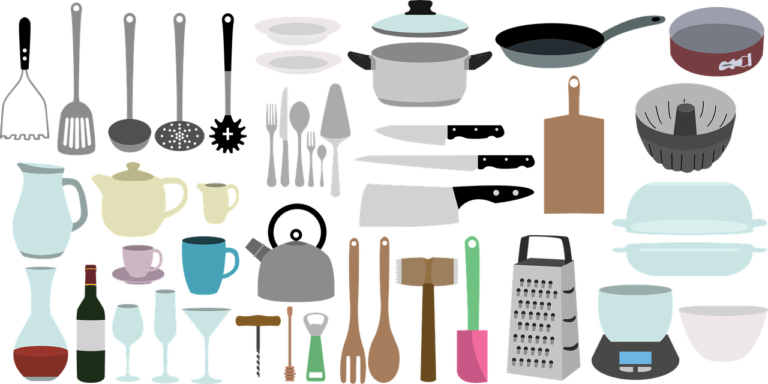
Creating the Perfect Ambiance
 When designing a kitchen, many people often focus on the layout, appliances, and color scheme. However, one aspect that often gets overlooked is lighting. Lighting plays a crucial role in any space, and the kitchen is no exception. It not only has a functional purpose but also sets the mood and ambiance of the room.
Proper lighting can make or break the overall design of a kitchen
, so it's essential to give it the attention it deserves.
When designing a kitchen, many people often focus on the layout, appliances, and color scheme. However, one aspect that often gets overlooked is lighting. Lighting plays a crucial role in any space, and the kitchen is no exception. It not only has a functional purpose but also sets the mood and ambiance of the room.
Proper lighting can make or break the overall design of a kitchen
, so it's essential to give it the attention it deserves.
Natural Light
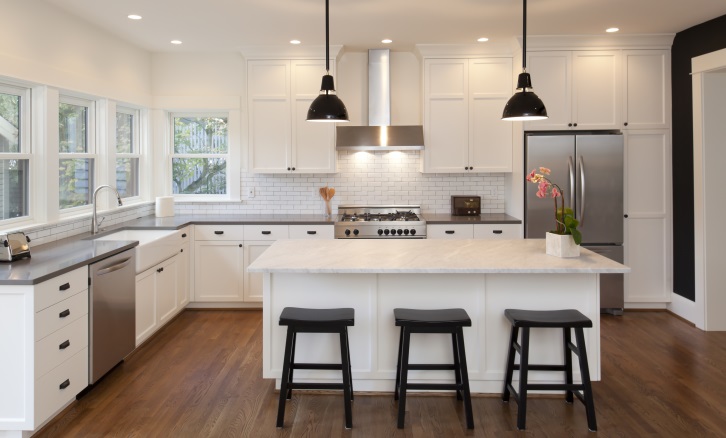 One of the best sources of light for a kitchen is natural light.
Not only is it free, but it also has numerous health benefits
. Natural light can improve your mood, increase productivity, and even help regulate your sleep cycle. When designing your kitchen, consider the placement of windows and skylights to maximize the amount of natural light coming in. You can also use sheer or light-colored curtains to allow more light to enter the space.
One of the best sources of light for a kitchen is natural light.
Not only is it free, but it also has numerous health benefits
. Natural light can improve your mood, increase productivity, and even help regulate your sleep cycle. When designing your kitchen, consider the placement of windows and skylights to maximize the amount of natural light coming in. You can also use sheer or light-colored curtains to allow more light to enter the space.
Task Lighting
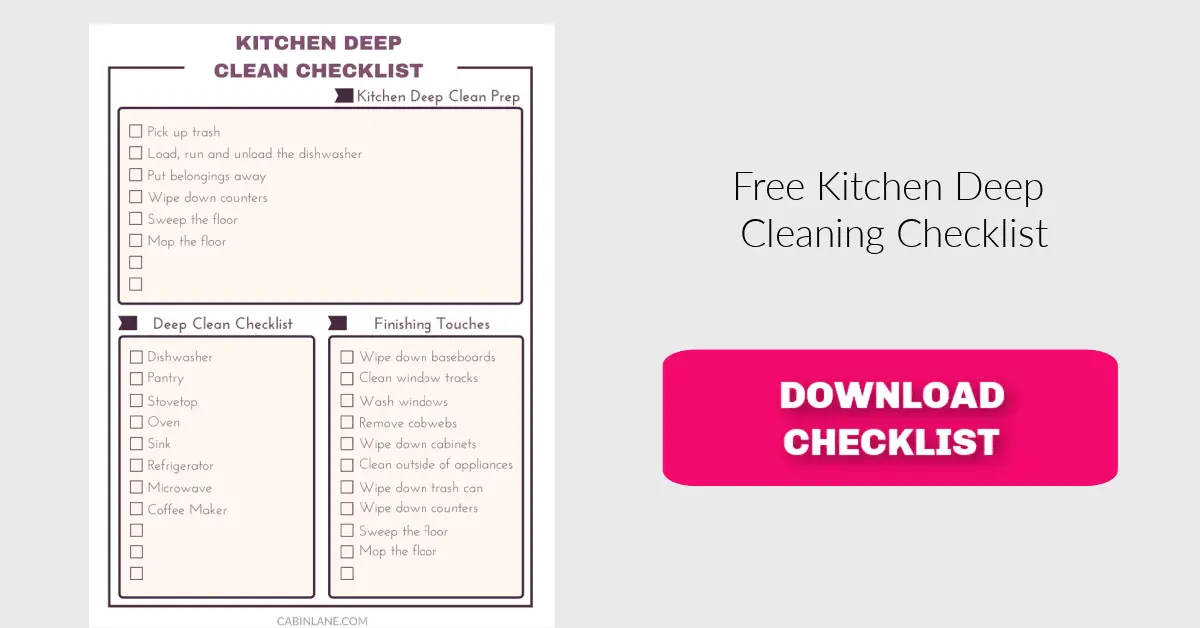 Task lighting is essential for any kitchen, especially for cooking and preparing food.
Task lighting should be bright and focused, providing ample light for activities such as chopping, slicing, and reading recipes
. Under-cabinet lighting is an excellent option for task lighting as it illuminates the work surface without casting shadows. Pendant lights above the kitchen island or sink can also provide task lighting while adding a decorative element to the space.
Task lighting is essential for any kitchen, especially for cooking and preparing food.
Task lighting should be bright and focused, providing ample light for activities such as chopping, slicing, and reading recipes
. Under-cabinet lighting is an excellent option for task lighting as it illuminates the work surface without casting shadows. Pendant lights above the kitchen island or sink can also provide task lighting while adding a decorative element to the space.
Ambient Lighting
 Ambient lighting refers to the overall lighting of a room. It sets the mood and creates a warm and inviting atmosphere.
In a kitchen, ambient lighting can be achieved through the use of overhead fixtures, such as recessed or track lighting
. Adding dimmer switches can also allow you to adjust the light level based on the time of day or occasion.
Ambient lighting refers to the overall lighting of a room. It sets the mood and creates a warm and inviting atmosphere.
In a kitchen, ambient lighting can be achieved through the use of overhead fixtures, such as recessed or track lighting
. Adding dimmer switches can also allow you to adjust the light level based on the time of day or occasion.
Accent Lighting
 Accent lighting is used to highlight specific features or areas in a room. In a kitchen, accent lighting can be used to showcase a beautiful backsplash, a piece of artwork, or a collection of dishes.
Accent lighting adds depth and dimension to a kitchen, making it feel more visually appealing and inviting
. Consider using small track lights or recessed lights with adjustable heads to highlight these features.
In conclusion,
lighting is a crucial element in kitchen design
. It not only serves a functional purpose but also sets the tone and ambiance for the space. By incorporating natural light, task lighting, ambient lighting, and accent lighting, you can create a well-lit and visually appealing kitchen that will not only make cooking and entertaining a breeze but also add value to your home. So, don't overlook the importance of lighting when designing your dream kitchen.
Accent lighting is used to highlight specific features or areas in a room. In a kitchen, accent lighting can be used to showcase a beautiful backsplash, a piece of artwork, or a collection of dishes.
Accent lighting adds depth and dimension to a kitchen, making it feel more visually appealing and inviting
. Consider using small track lights or recessed lights with adjustable heads to highlight these features.
In conclusion,
lighting is a crucial element in kitchen design
. It not only serves a functional purpose but also sets the tone and ambiance for the space. By incorporating natural light, task lighting, ambient lighting, and accent lighting, you can create a well-lit and visually appealing kitchen that will not only make cooking and entertaining a breeze but also add value to your home. So, don't overlook the importance of lighting when designing your dream kitchen.

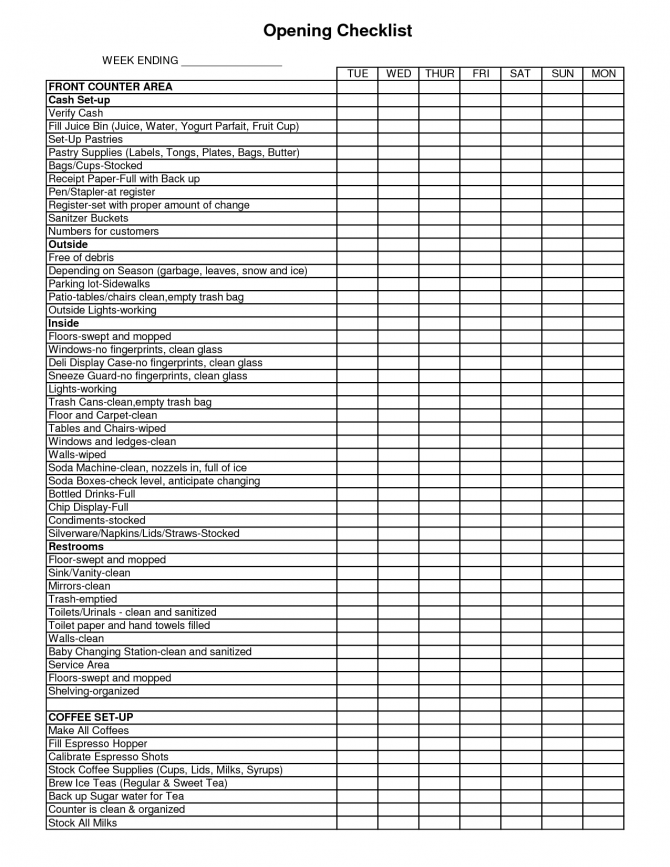


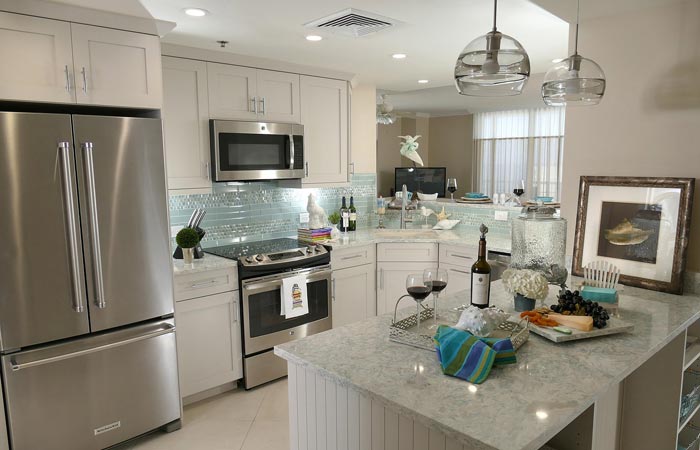
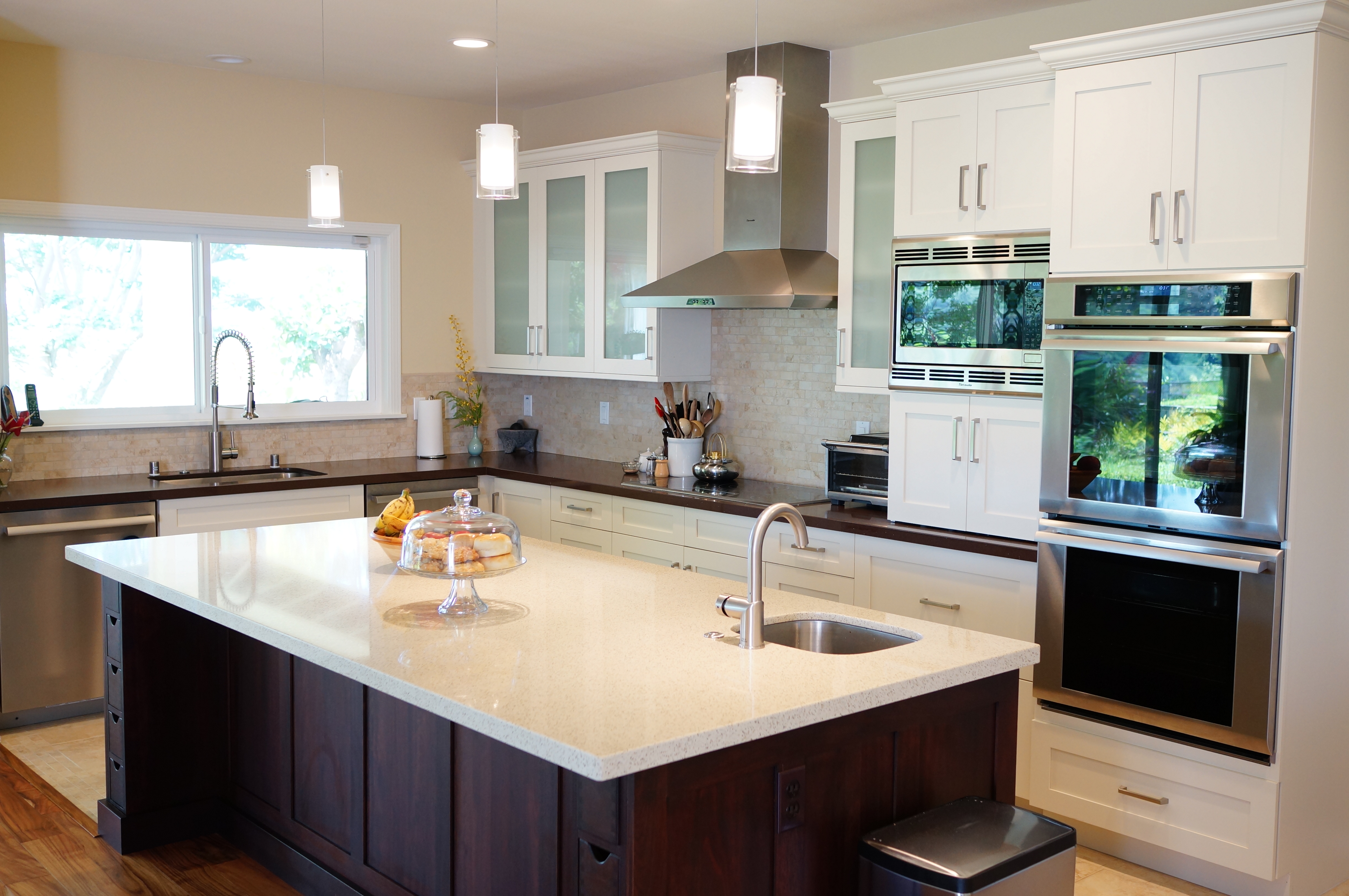
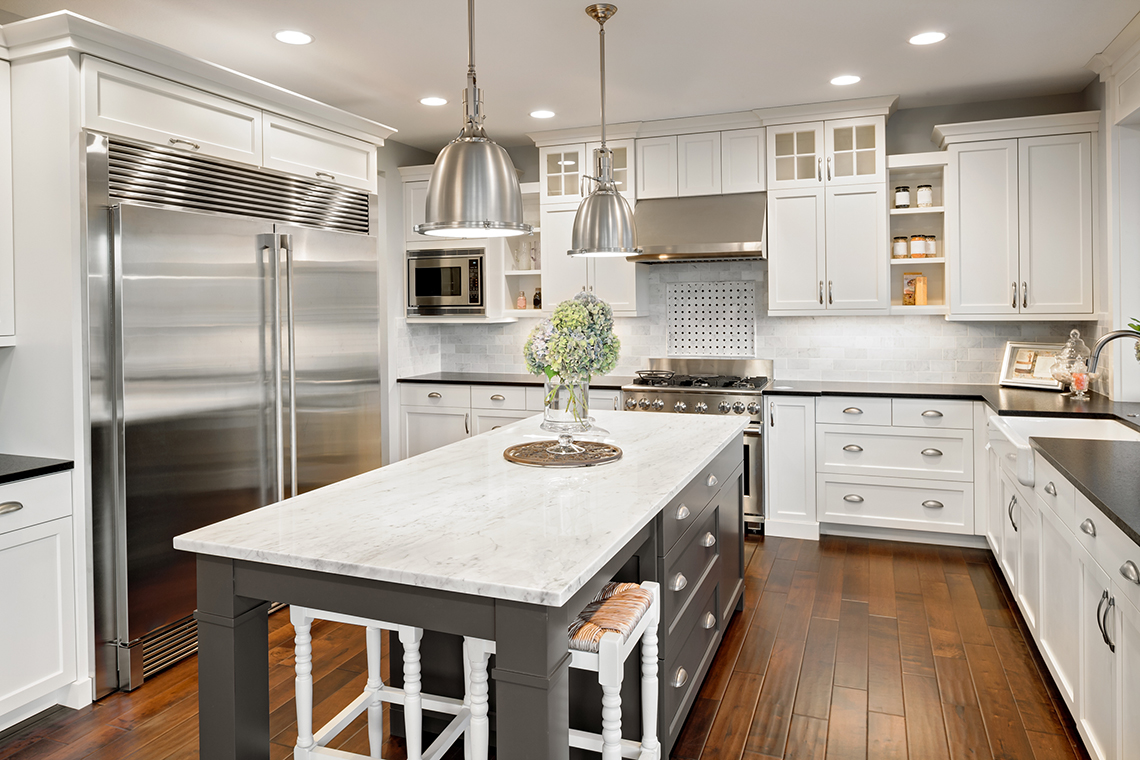


:max_bytes(150000):strip_icc()/MLID_Liniger-84-d6faa5afeaff4678b9a28aba936cc0cb.jpg)



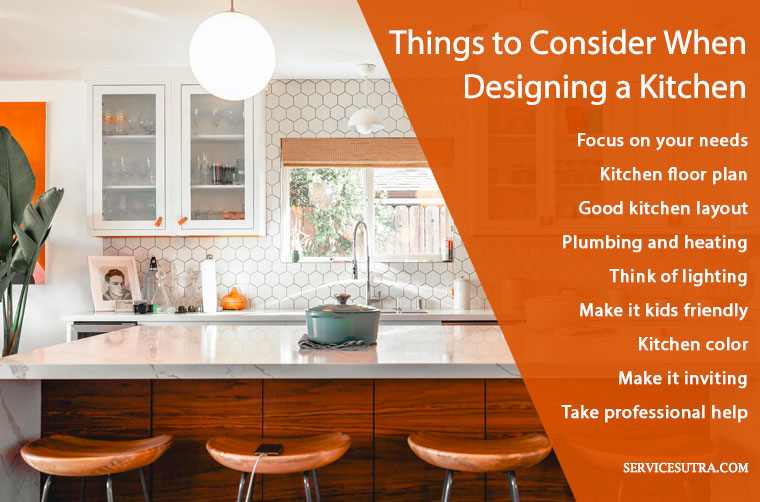
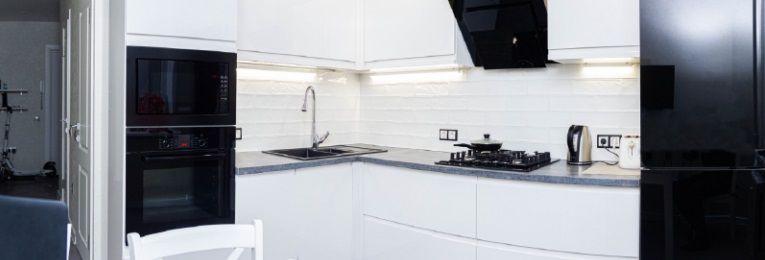

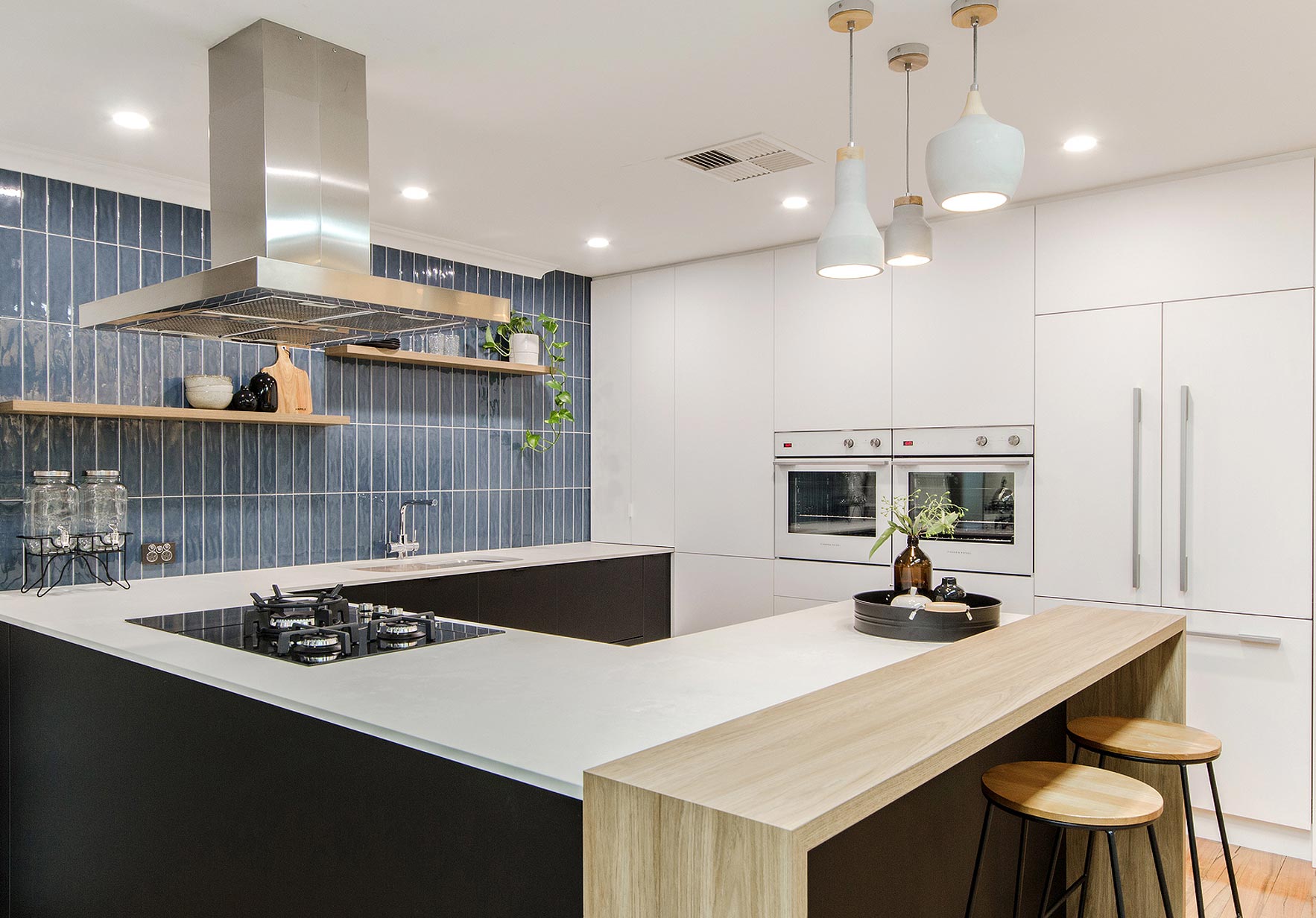
/AMI089-4600040ba9154b9ab835de0c79d1343a.jpg)
